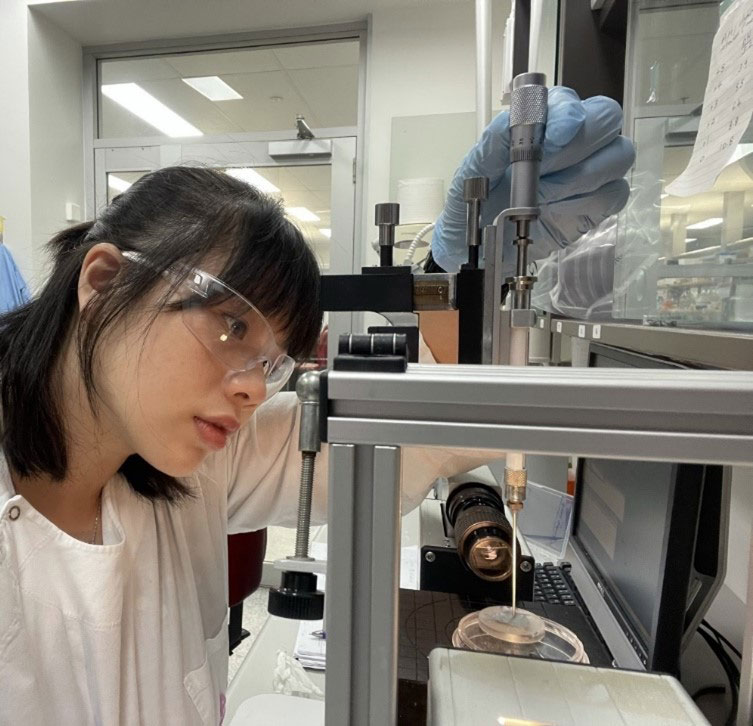The attention of the mining industry has been drawn to fixing the problems associated with processing complex arsenic-containing ores due to a decrease in precious metal reserves and the tightening of arsenic emission regulations in the smelting process.

A potential solution is to develop methods of early removal of arsenic-bearing minerals in a flotation circuit to significantly reduce the environmental risks associated with arsenic reporting to the circuit product streams and allow for concentration of the precious metal containing arsenic minerals for further treatment.
However, the efficient separation of arsenic-containing minerals from their non-arsenic counterparts is challenging because they have similar surface properties. Developing flotation collectors with specificity toward arsenic-bearing minerals, thus, may be the key for a step-change in the separation of these minerals.
Peptides, the “mini-proteins”, are commonly used in biomedical research for numerous applications and they are known for their high affinity towards metal ions and specific molecules. Peptides represent ideal candidates to be investigated as the next generation of flotation reagents as they exhibit target specific and are non-toxic and biodegradable. Peptide reagents can also provide a greener option for the separation of minerals compared to traditional flotation reagents.
This project forms part of the UQ – Newcrest strategic partnership.
This project is undertaken by the Sustainable Minerals Institute’s Julius Kruttschnitt Minerals Research Centre (JKMRC) Flotation Chemistry Group.
People
Project team
- Dr Susana Brito e Abreu
- Associate Professor Liza Forbes
- Professor Chunxia Zhao, The University of Adelaide; ARC Centre of Excellence for Enabling Eco-Efficient Beneficiation of Minerals
- Luke Vollert, Newcrest Mining Limited
